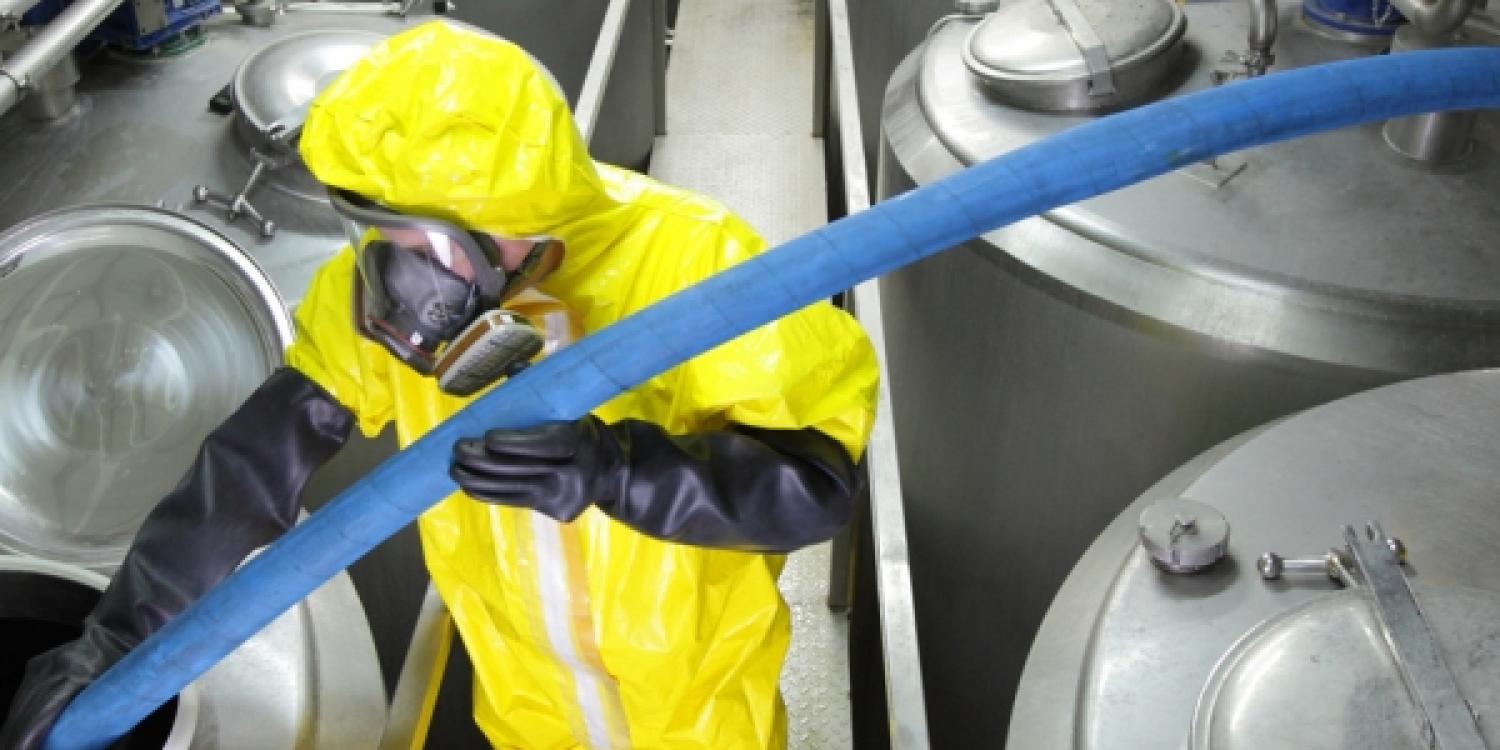Ice pigging for flushing pipes

Information
Ice pigging is an efficient method to remove sediment from pipelines, for example in food-manufacturing plants. As the semi-solid ice slurry is pumped through the system, it scrapes the pipes and tanks to recover useable food product, rather than the organic material being lost in the effluent. Ice pigging has the huge advantage that the slurry can be driven around bends, through narrow passages, across heat exchangers, etc. Standard pigs (objects which dislodge solid material prior to cleaning with water and then detergents) can only be used across straight pipes.
When fully integrated in a facility, ice pigging could increase production by reducing the time needed for cleaning. This method has significant environmental and productivity benefits. Producing ice for the process is an energy-intensive process, however the water and material savings achieved with the ice-pigging method outweigh the additional energy needed.
Ice pigging is well-developed practice and is especially used in the water industry. The food and beverage manufacturing sector could further benefit from this cleaning technique.
Financial gains and environmental benefits include:
- Reduced food waste of around 80 % (i.e. material stuck in the pipes is recovered and sold on)
- Reduced water use during the cleaning process by replacing the pre-CIP rinse (therefore reducing effluent and related chemicals, energy and costs of pre-treatment)
- Reduced use of detergents which helps with ‘saponification’ (i.e. agents like costic soda reacting with fat residues) in the pipe
The 'read more' section and links attached to this measure expand on theses reported benefits,